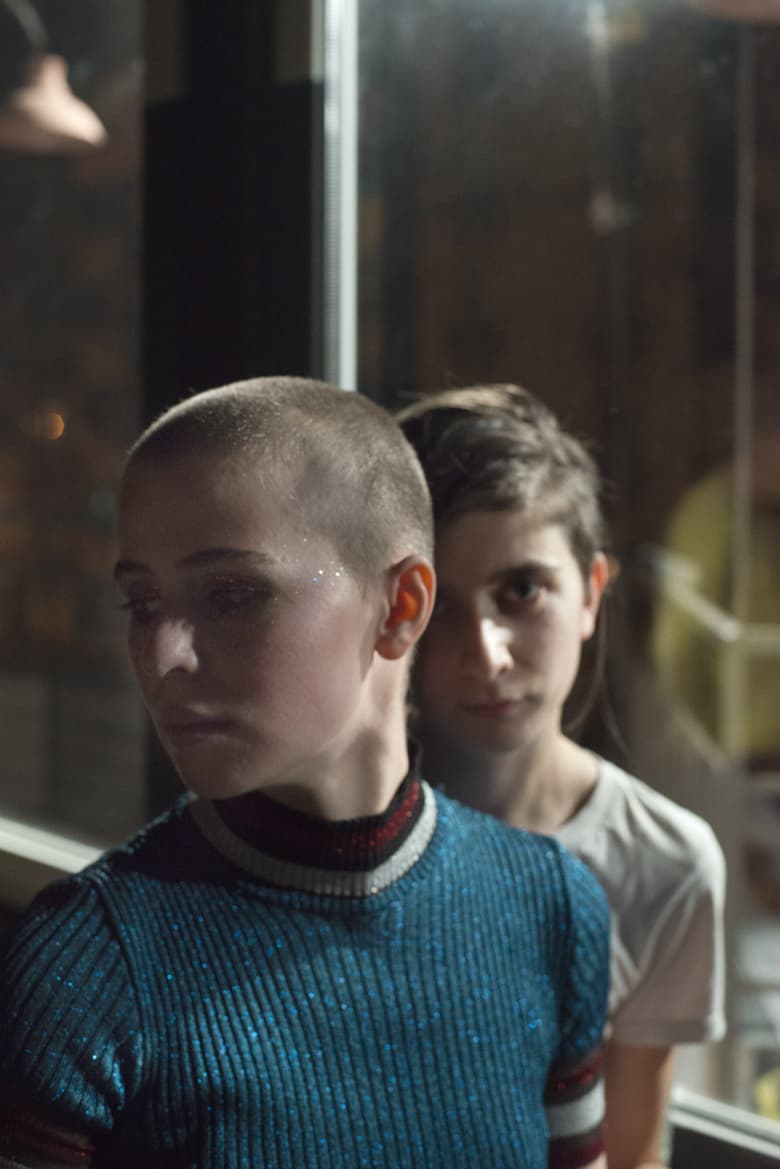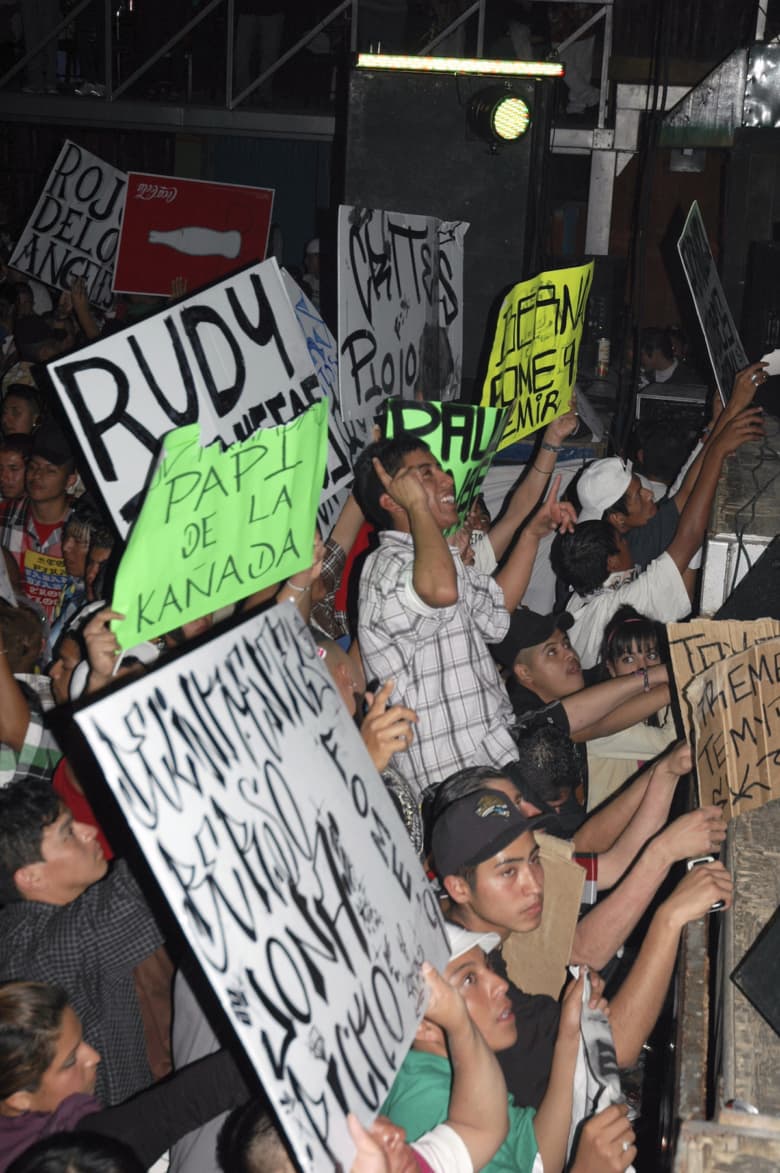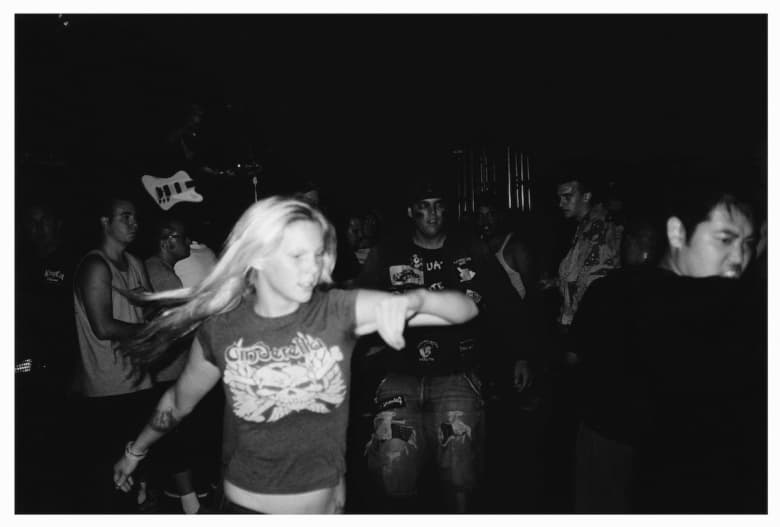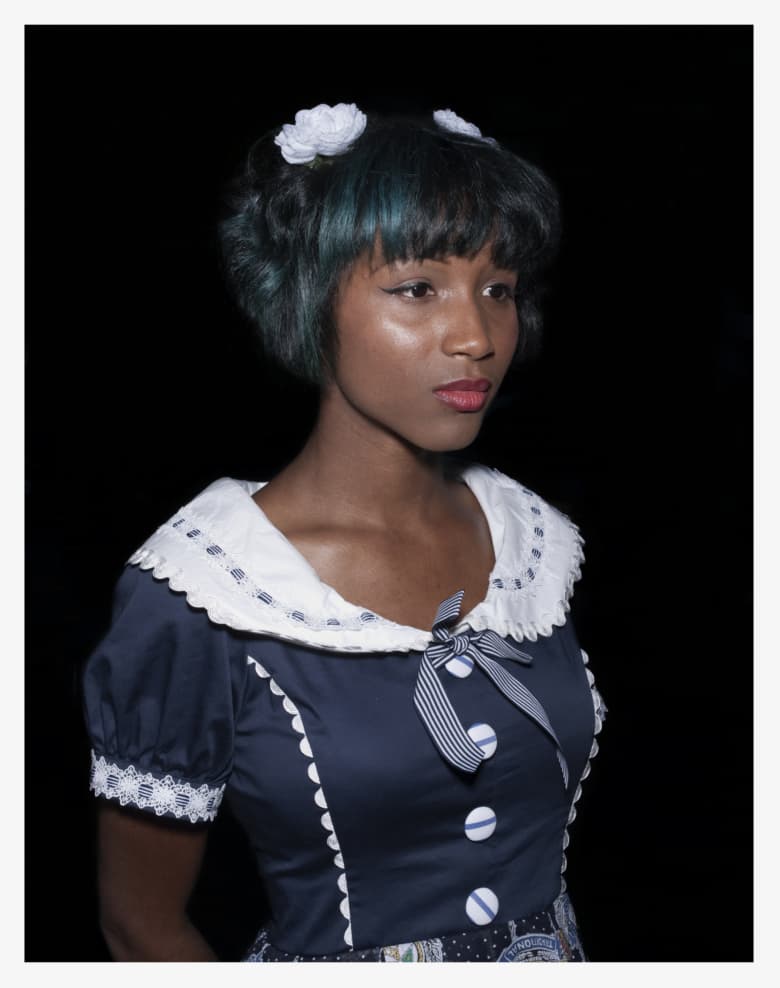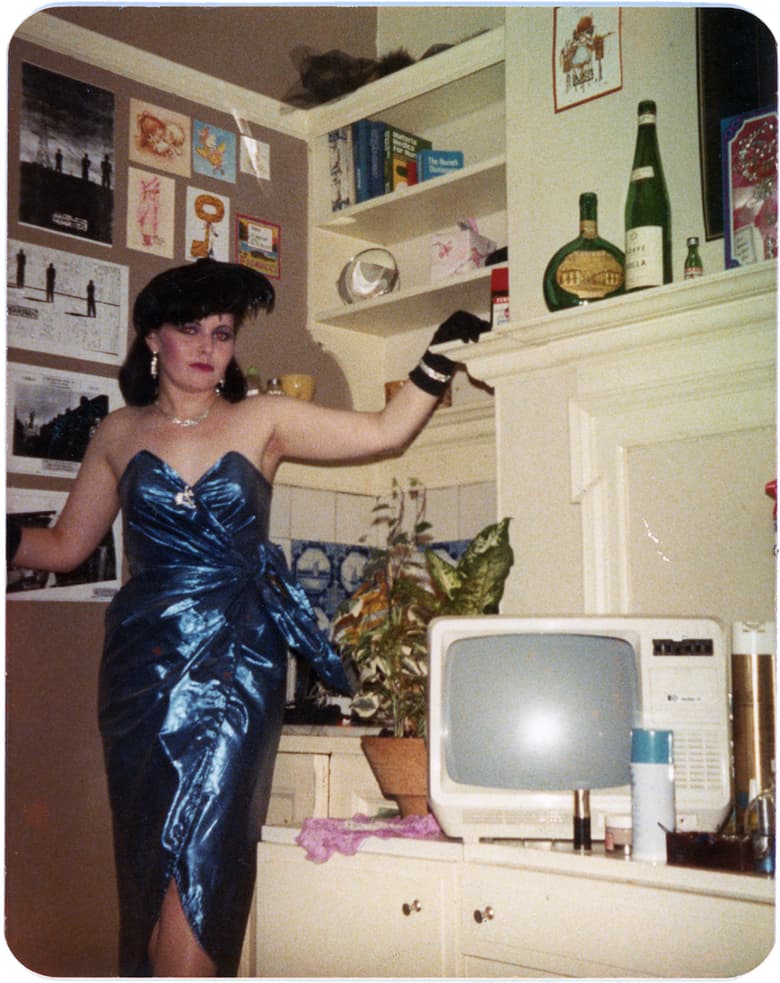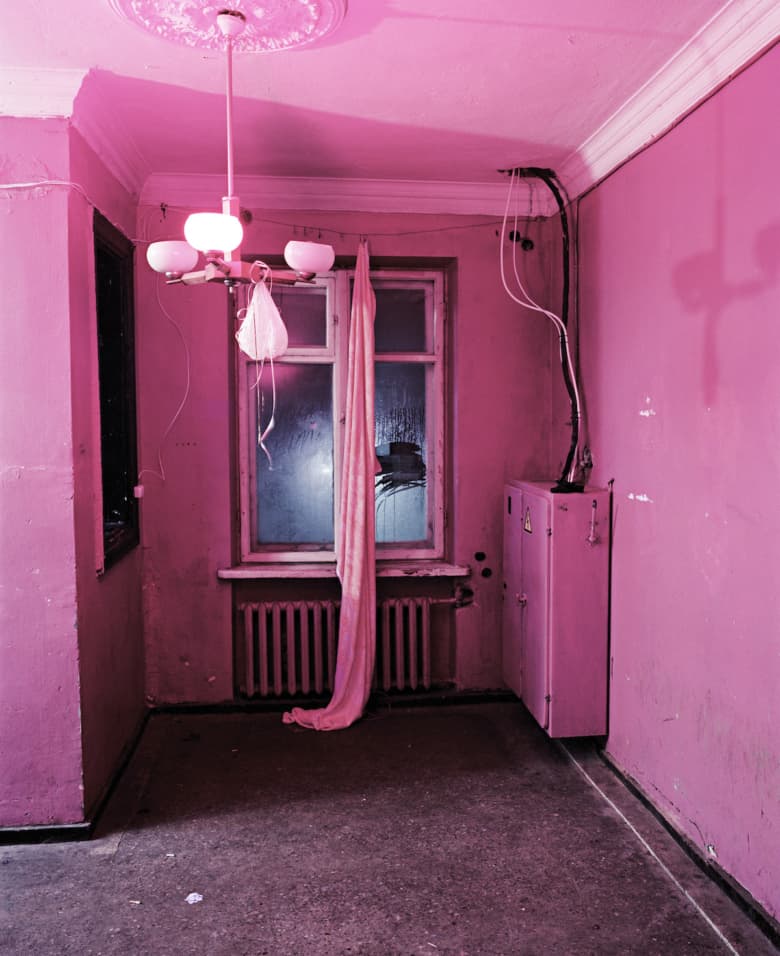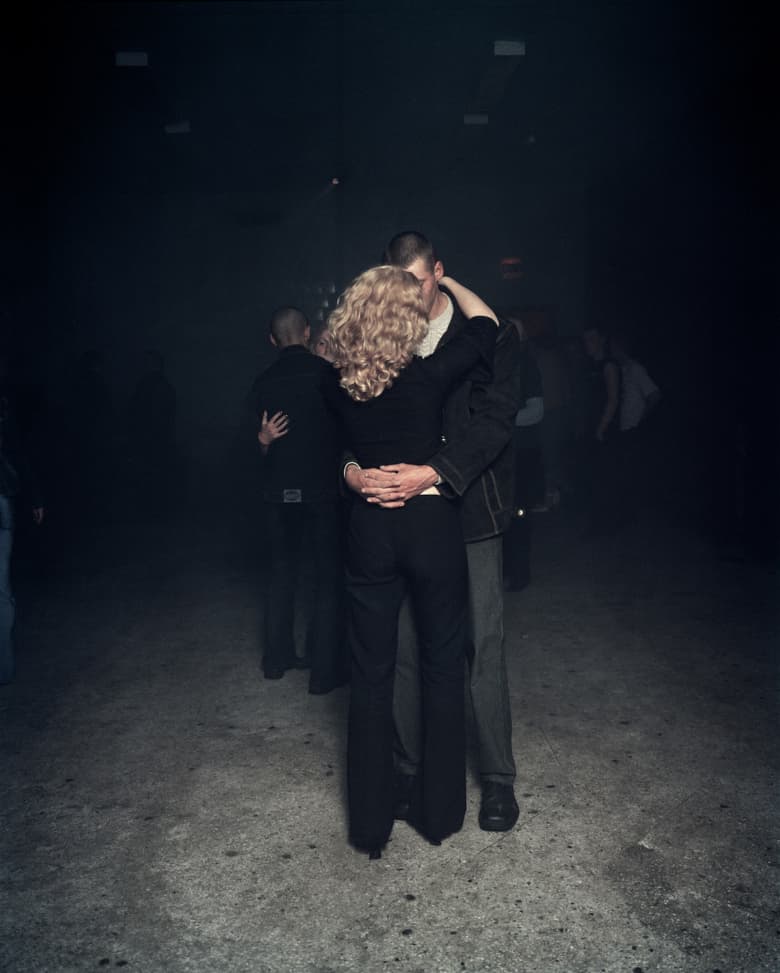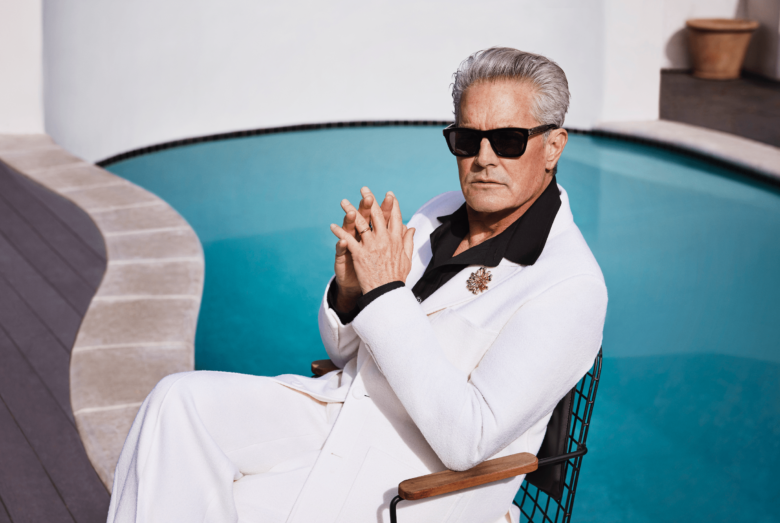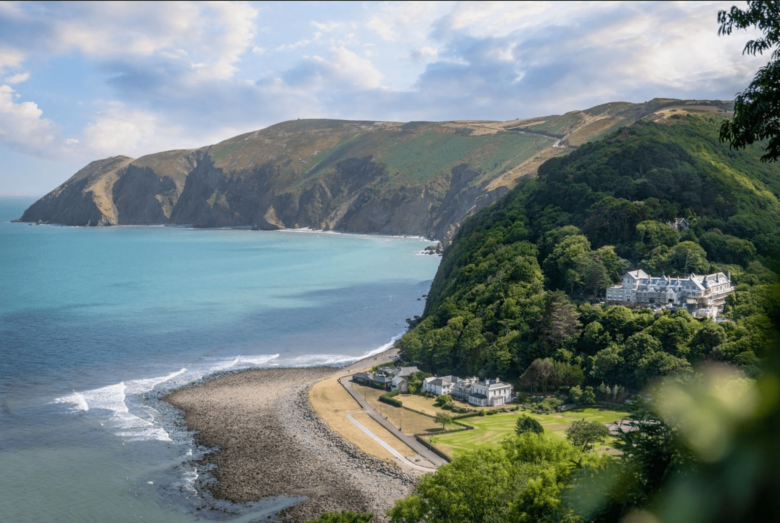Miss Nights Out? This Exhibition Is For You
Featuring images from post-Soviet Lithuania, Mexican sonidero parties and Tokyo’s infamous Golden Gai, “The Time We Call Our Own” brings together photographs from cultures across the world, highlighting the joy and solace we find on the dance floor at a time when clubs across the country are closed indefinitely. Housed in Liverpool’s Open Eye Gallery until 23 October, the exhibition is a reminder that, while the government should be further protected by the government, DIY and underground scenes will find a way to survive and thrive no matter what.
We caught up with the exhibition’s curator Adam Murray to learn more and to hear why IRL clubs – and galleries – are still so important.
What’s your own experience of nightlife been like?
My main experiences have been in North West England, mostly Preston and Manchester where I lived for over fifteen years. It has been a mixture of small spaces set up for one-off events, house parties, smaller club nights right through to large scale, big-budget events. I moved to London two weeks before lockdown, so my experience of nightlife over the last 6 months has been pretty minimal.
Are there any nights out or parties that you’ve been to that have made a particular impression on you?
I tend to find that the best nights or parties are the ones that are least planned or expected. For me, when you have a ticket for somewhere that you booked months in advance, the actual event can be a bit of an anti-climax, whereas nights that just develop over the hours depending on who you are with or what is open often prove to be the most memorable.
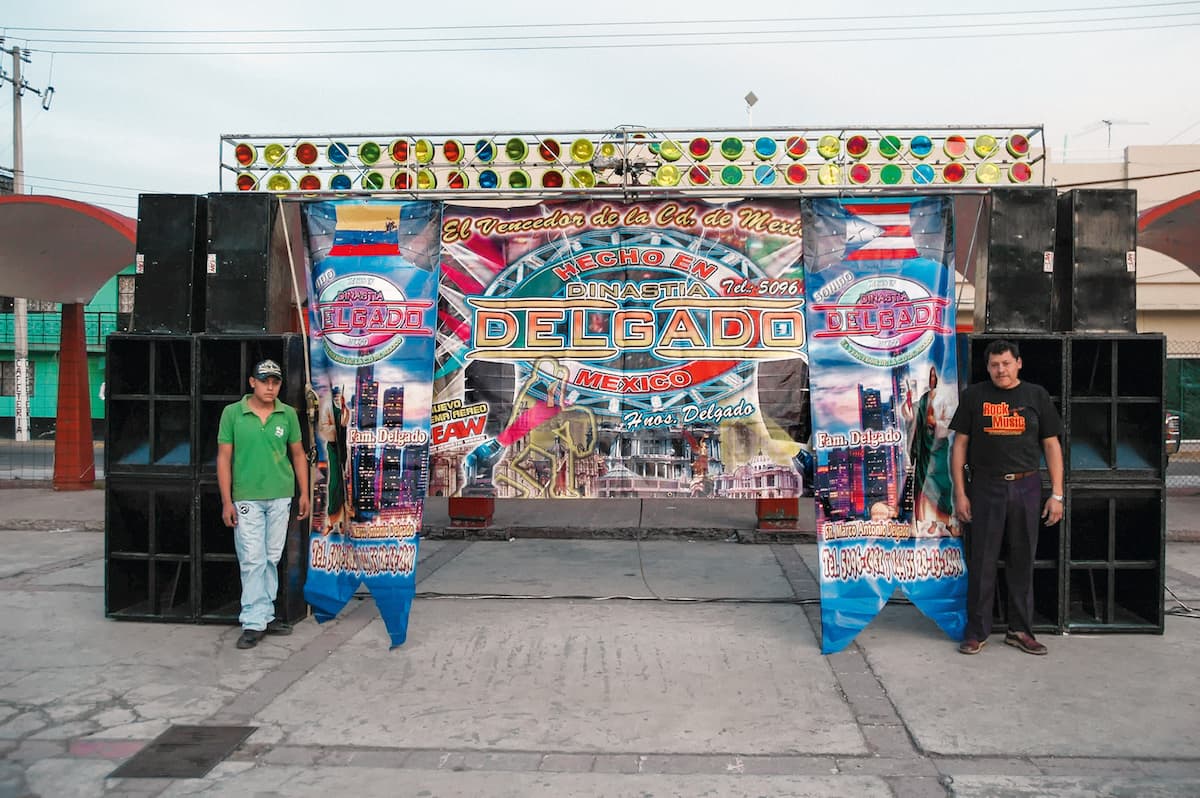
How did this exhibition come about?
I am very interested in the ways that people engage with photography, producing images of friends on nights out must be one of the most prevalent ways that people do this. However, it has not really been explored in a gallery context. I have also been a big fan of some of these projects for many years, first encountering them as photobooks. I have worked with Open Eye Gallery before and it is a fantastic gallery to work with, so I proposed this new exhibition and with the great support of Sevenstore, we were able to make it happen.
Has the meaning of the exhibition changed since lockdown started?
The exhibition was originally scheduled to open in April, but the lockdown forced us to postpone. Since then the relevance of the exhibition has really developed because the night-time economy is probably one of the hardest hit by the Covid-19 restrictions. Visitors may go to the show and feel a real longing to be in these spaces again, but hopefully, it also makes people realise the value of these spaces beyond just economic measures.
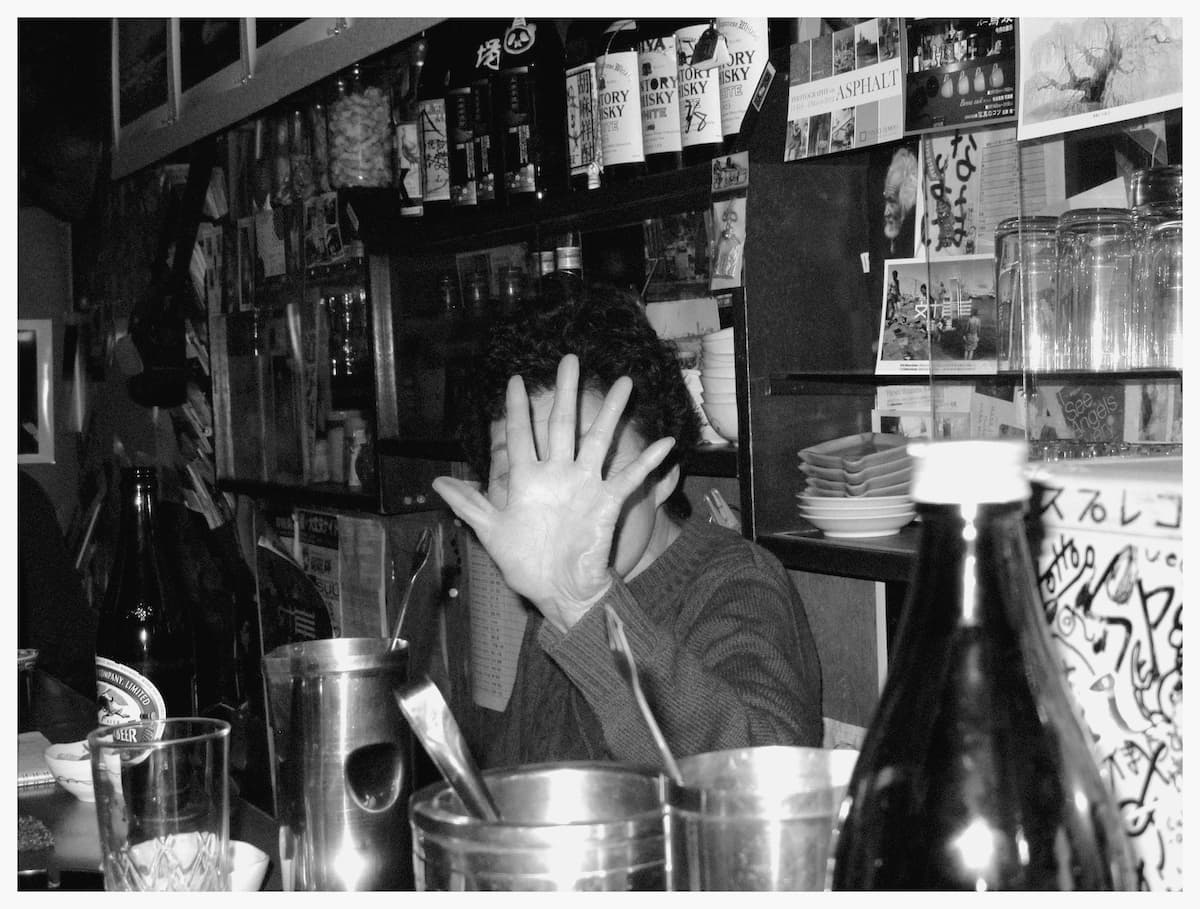
The inclusion of more accessible forms of photography – rather than just “fine art” photography – is something I found very interesting.
There is a mix of photographic approaches in the exhibition, which is very deliberate. Some of the work you would class as being produced in a more fine art context with technology that would be seen as less accessible. But this is not to say it is any less or more important than a project such as the archive Amelia Lonsdale has presented. This was simply her mother and boyfriend at the time using inexpensive photography to document each other. The work was chosen because each offers different ways of engaging with the people and places in the project, it is up to the audience to then interpret this.
What do you want viewers to take away from the exhibition?
I think one of the main things is that hopefully viewers just enjoy going to a real-life exhibition and that experience may mean more since we have not been able to for so many months. The role of spaces like Open Eye Gallery is so important to a city and although online obviously has an important role, the act of actually going somewhere in real life is just as important. It is likely that a lot of people will feel an emotional attachment to the work, this could be nostalgic or could be what they are really missing currently. Hopefully, it encourages people to recognise the value that these spaces and experiences have and the role photography plays in documenting this.
The Time We Call Our Own runs until 23 October at Liverpool’s Open Eye Gallery. The exhibition is supported by SEVENSTORE.
